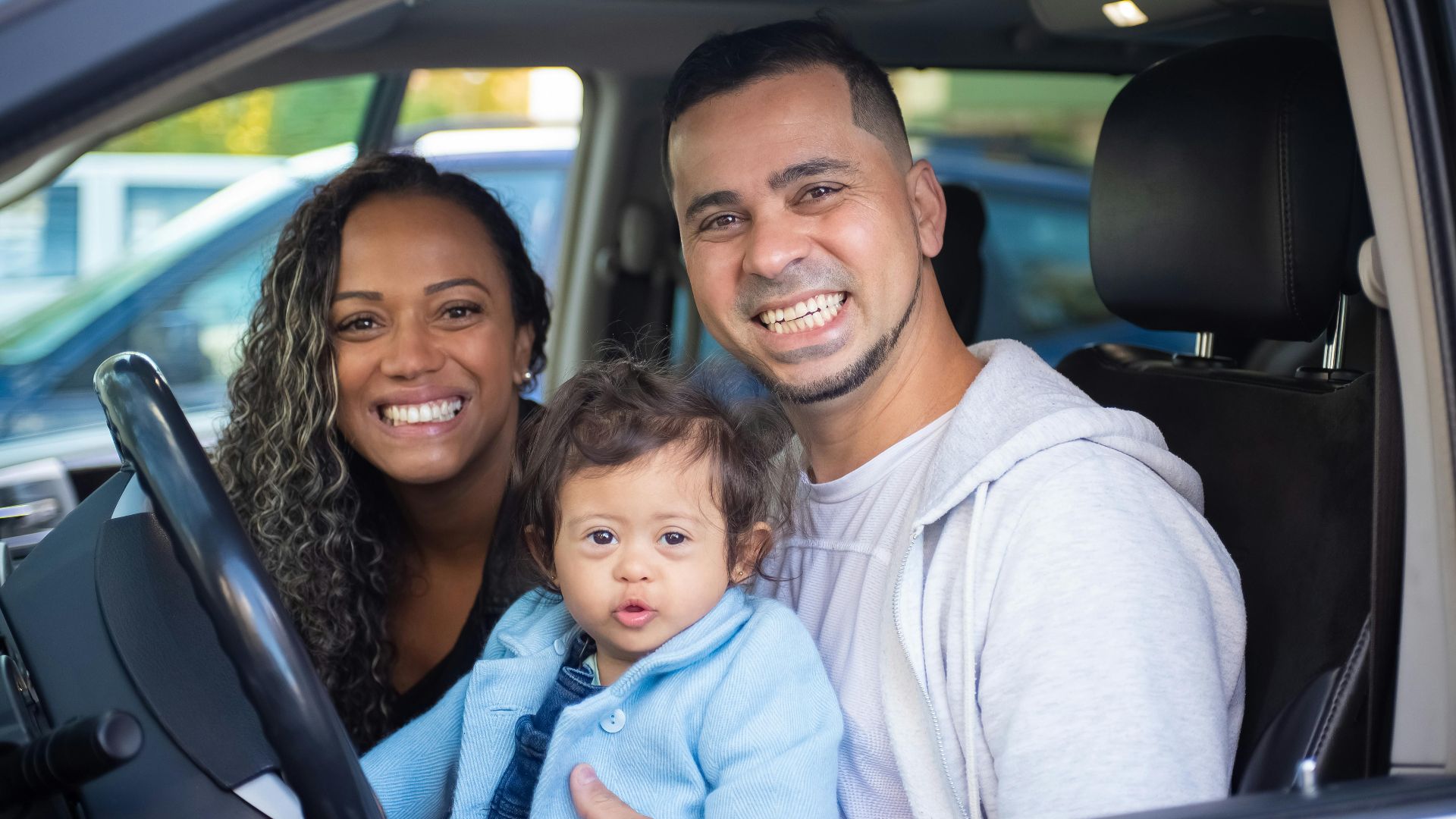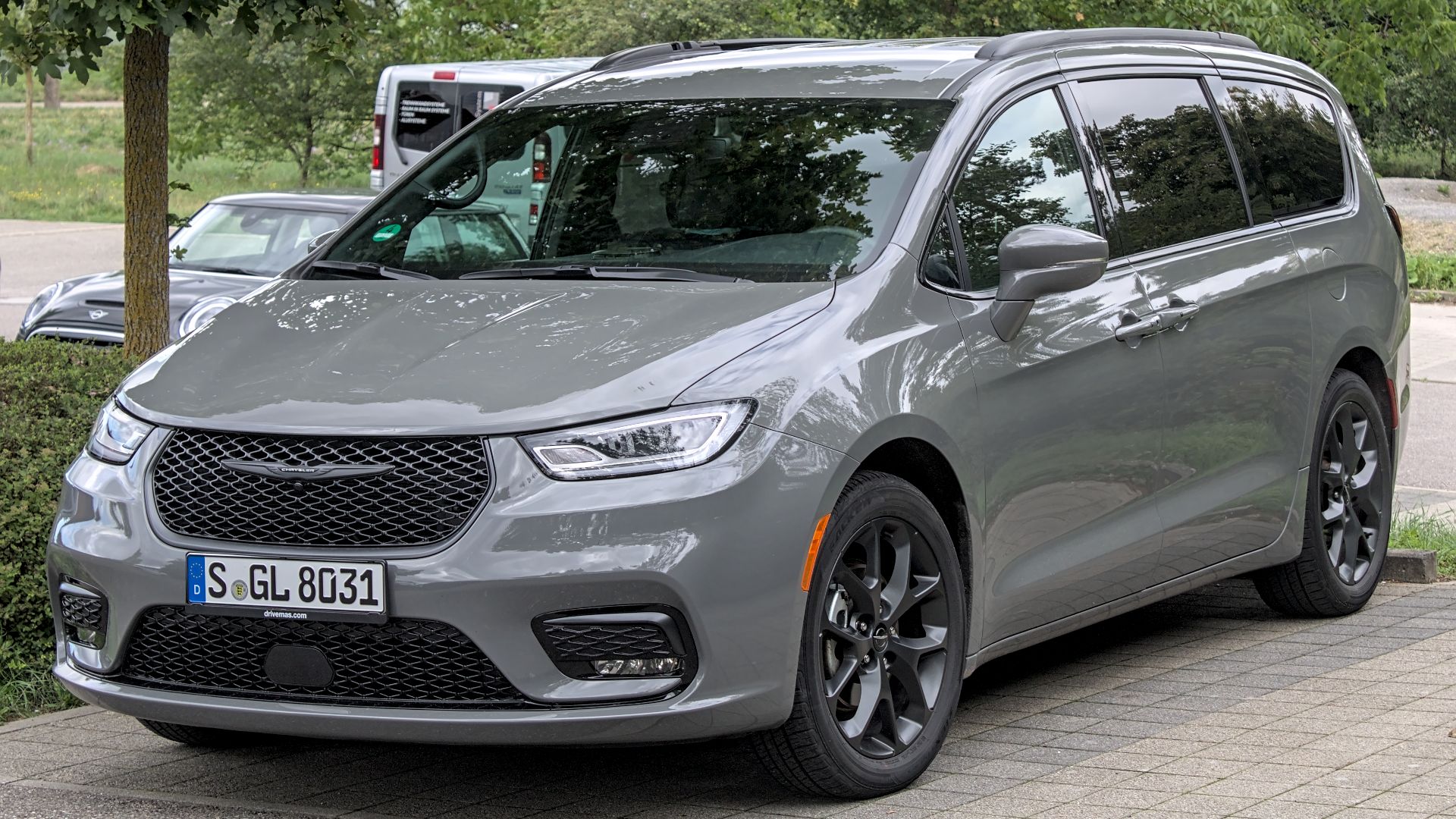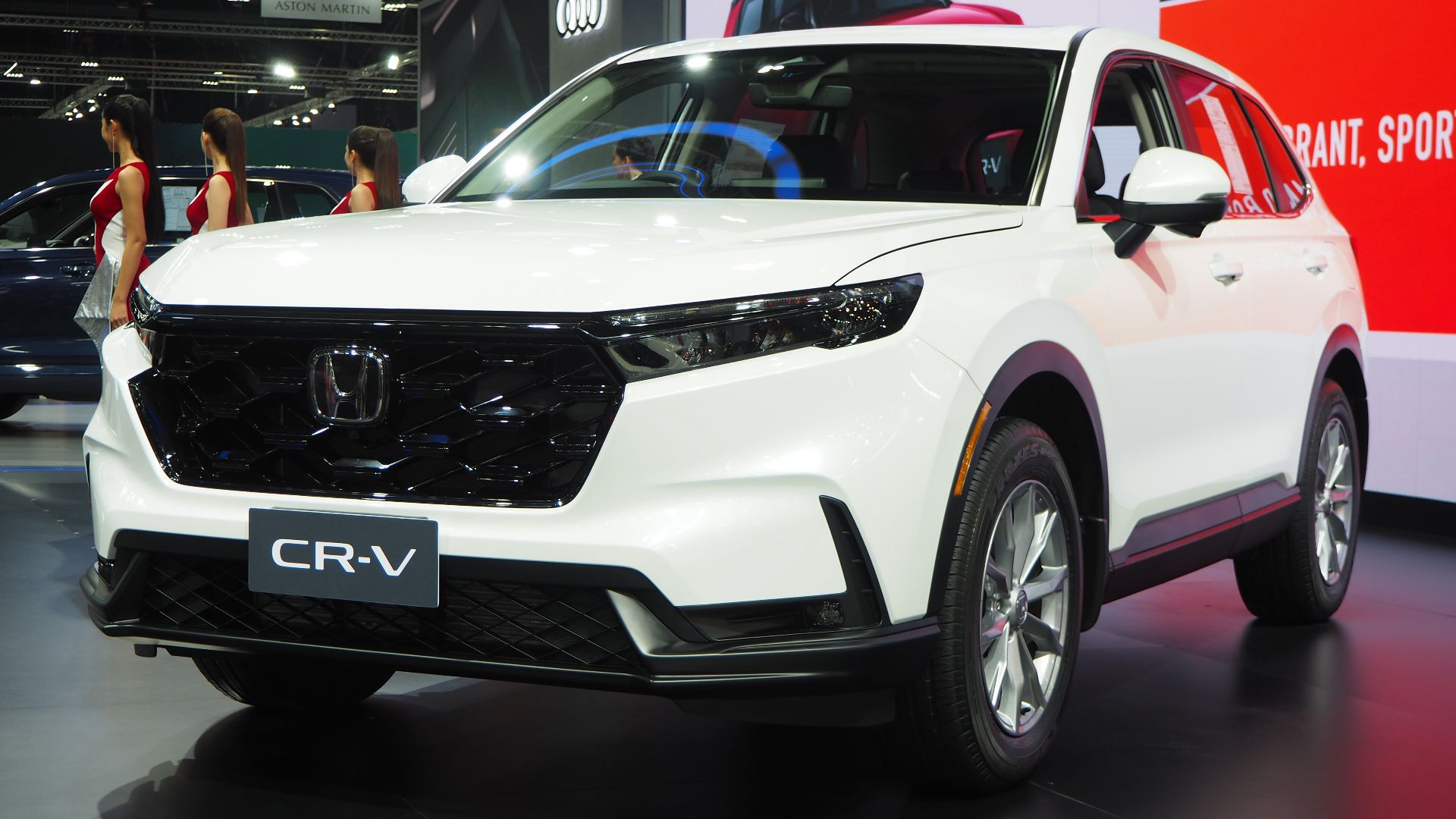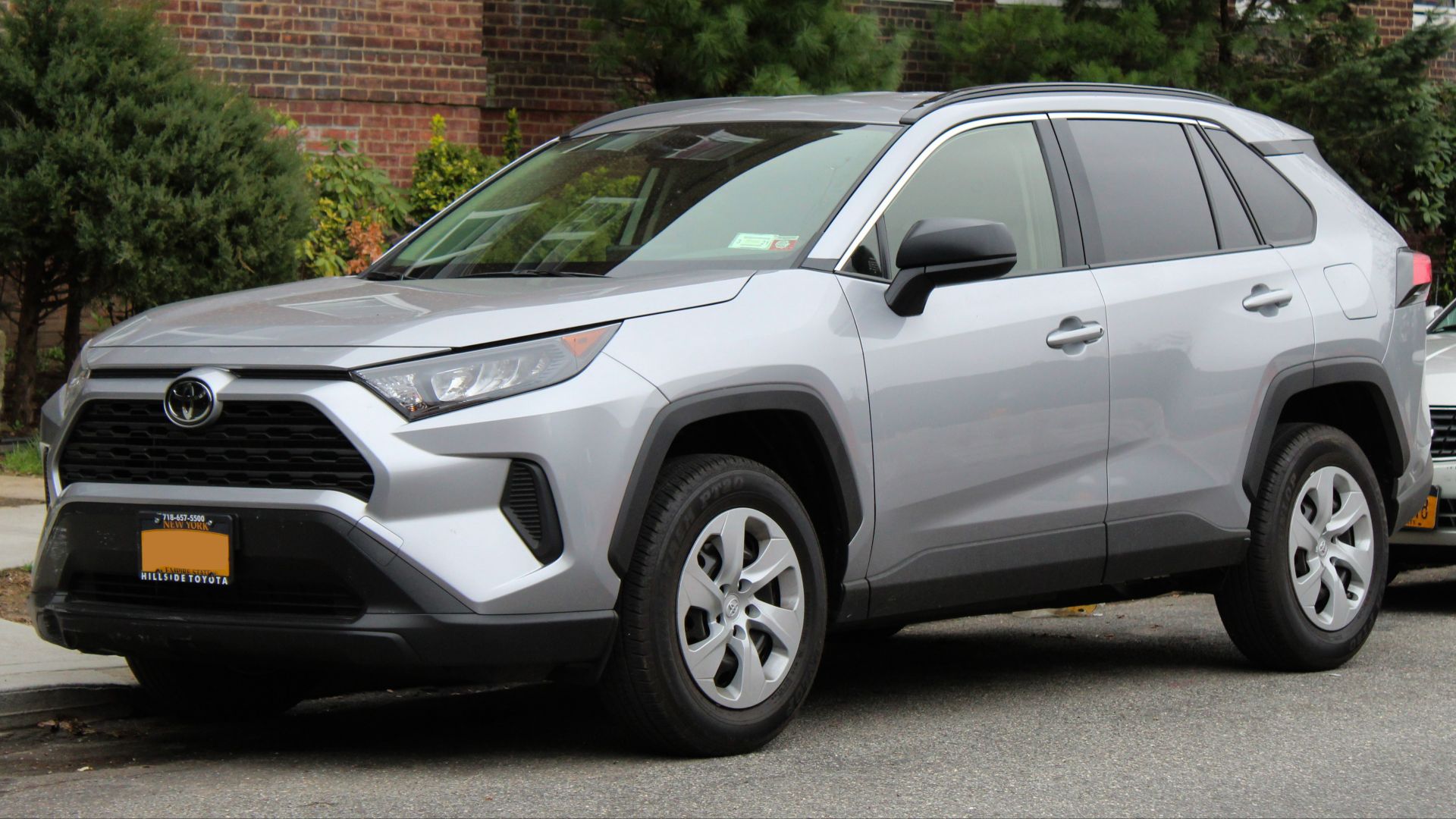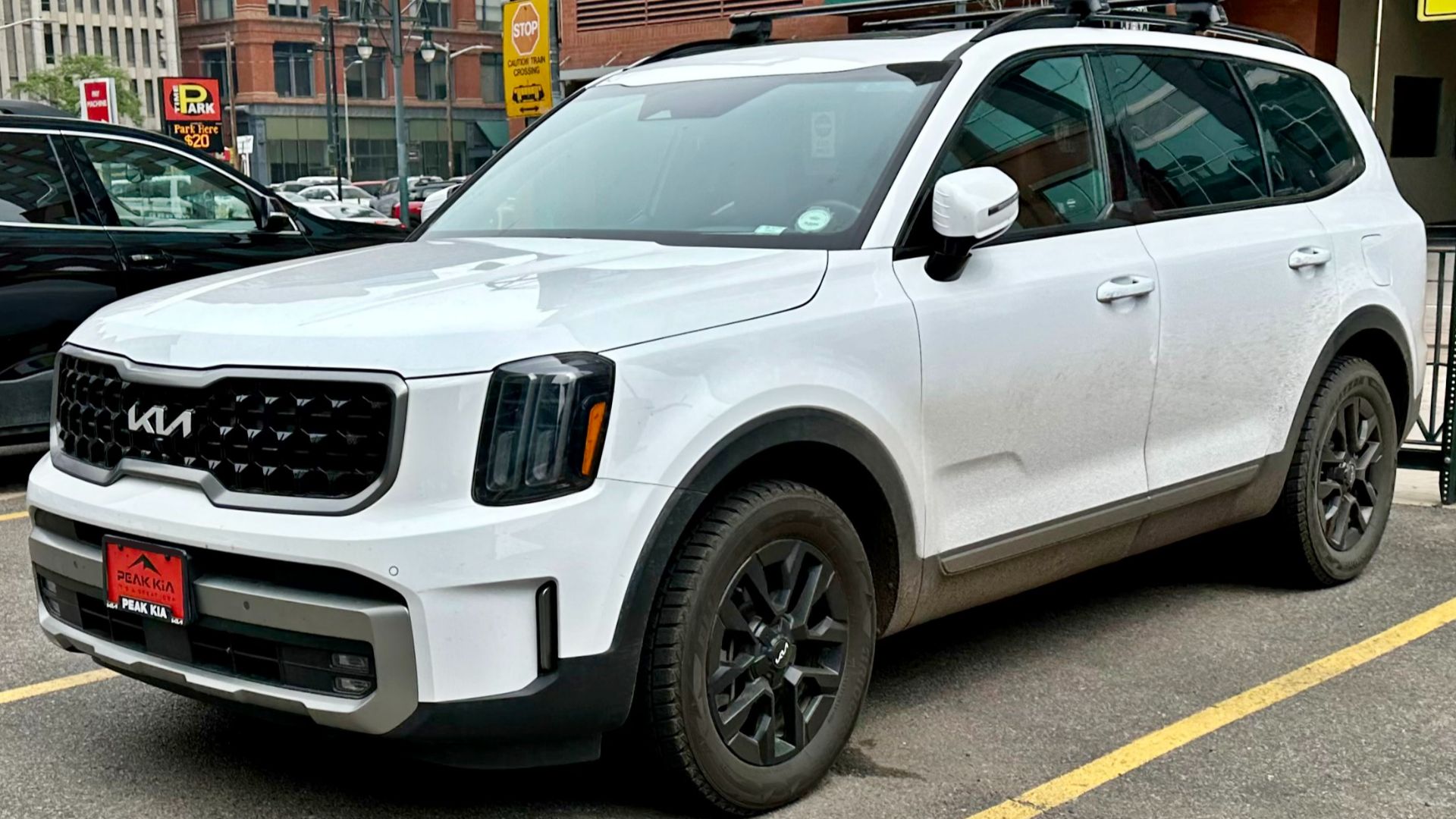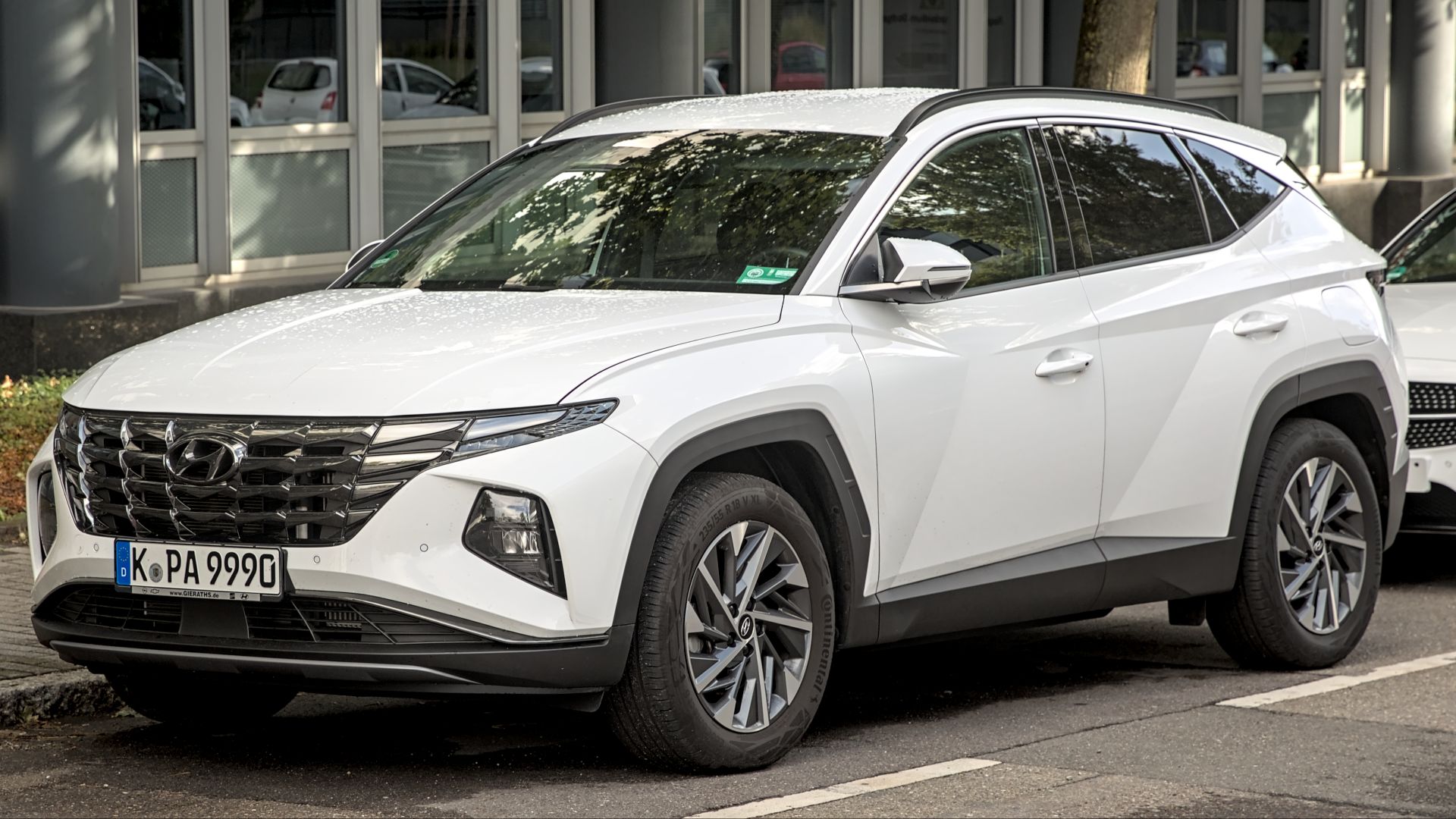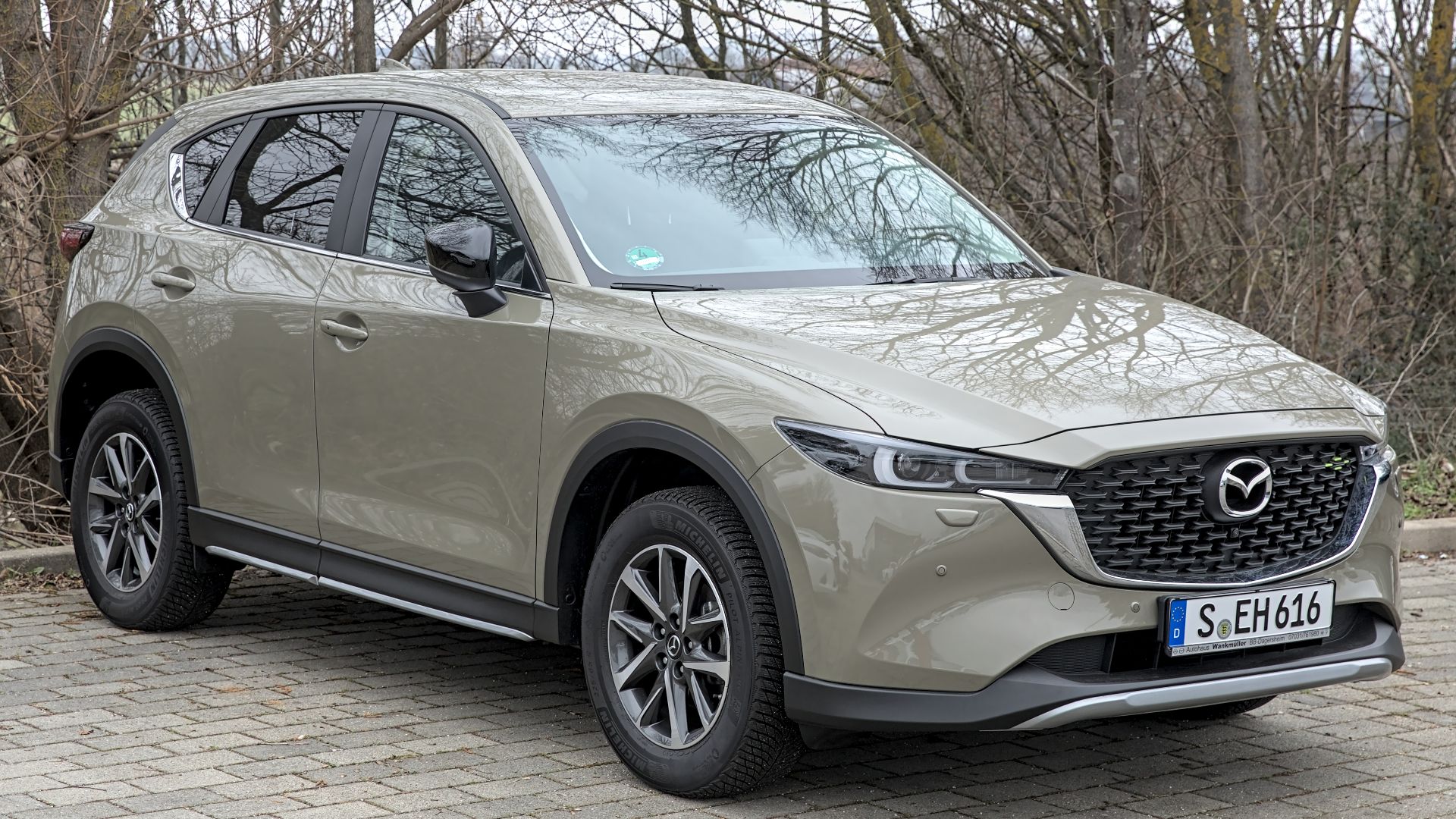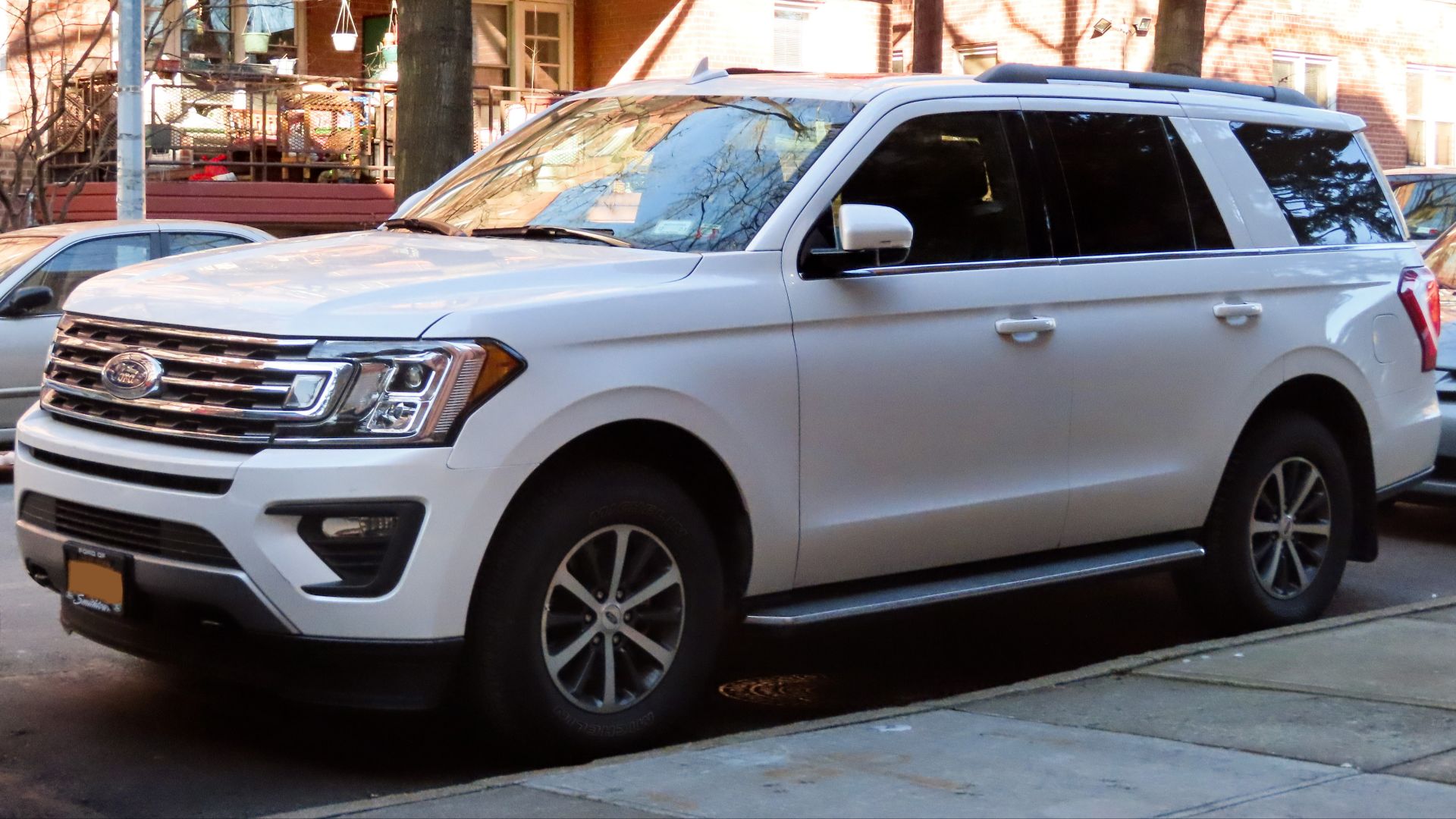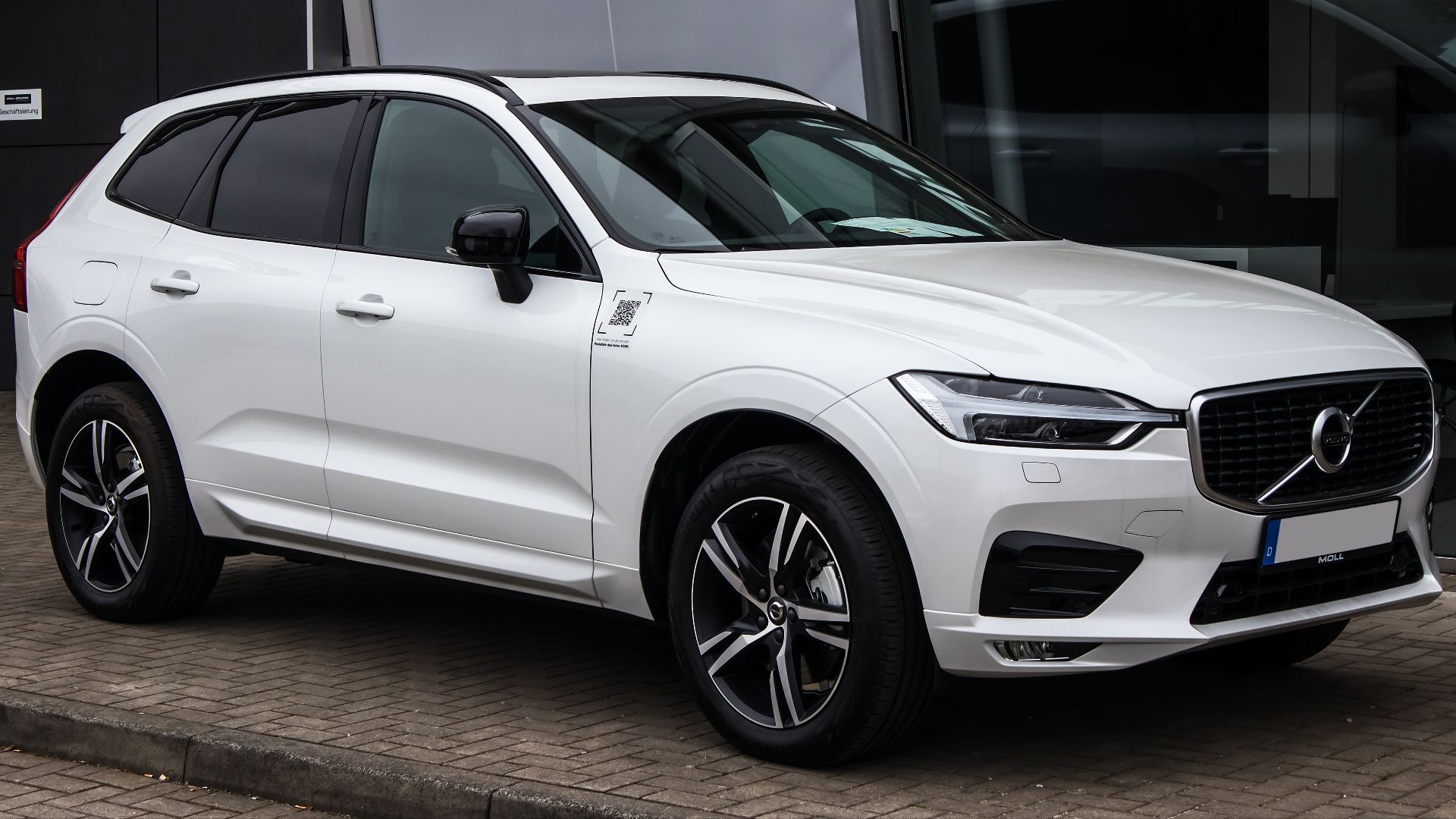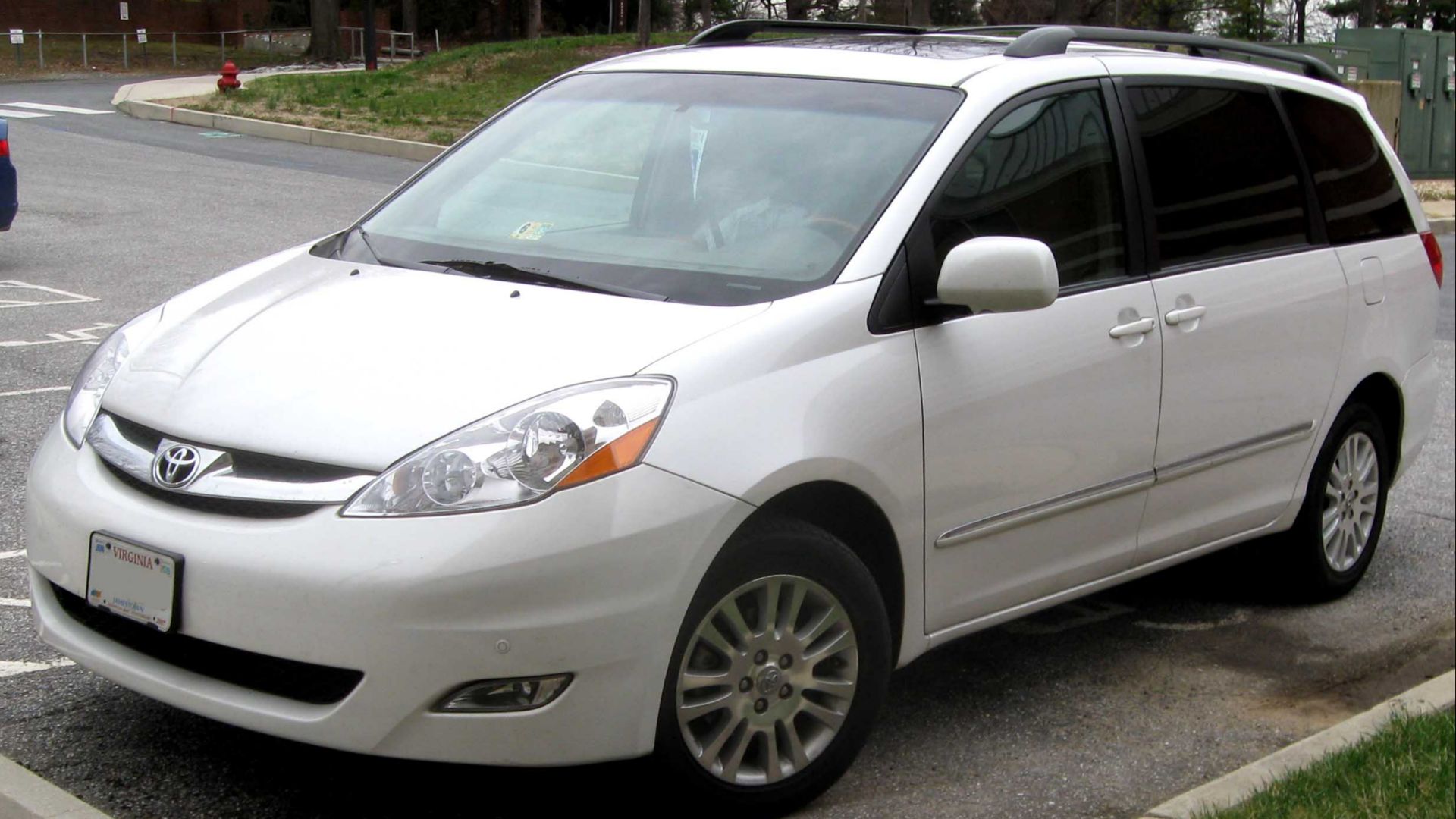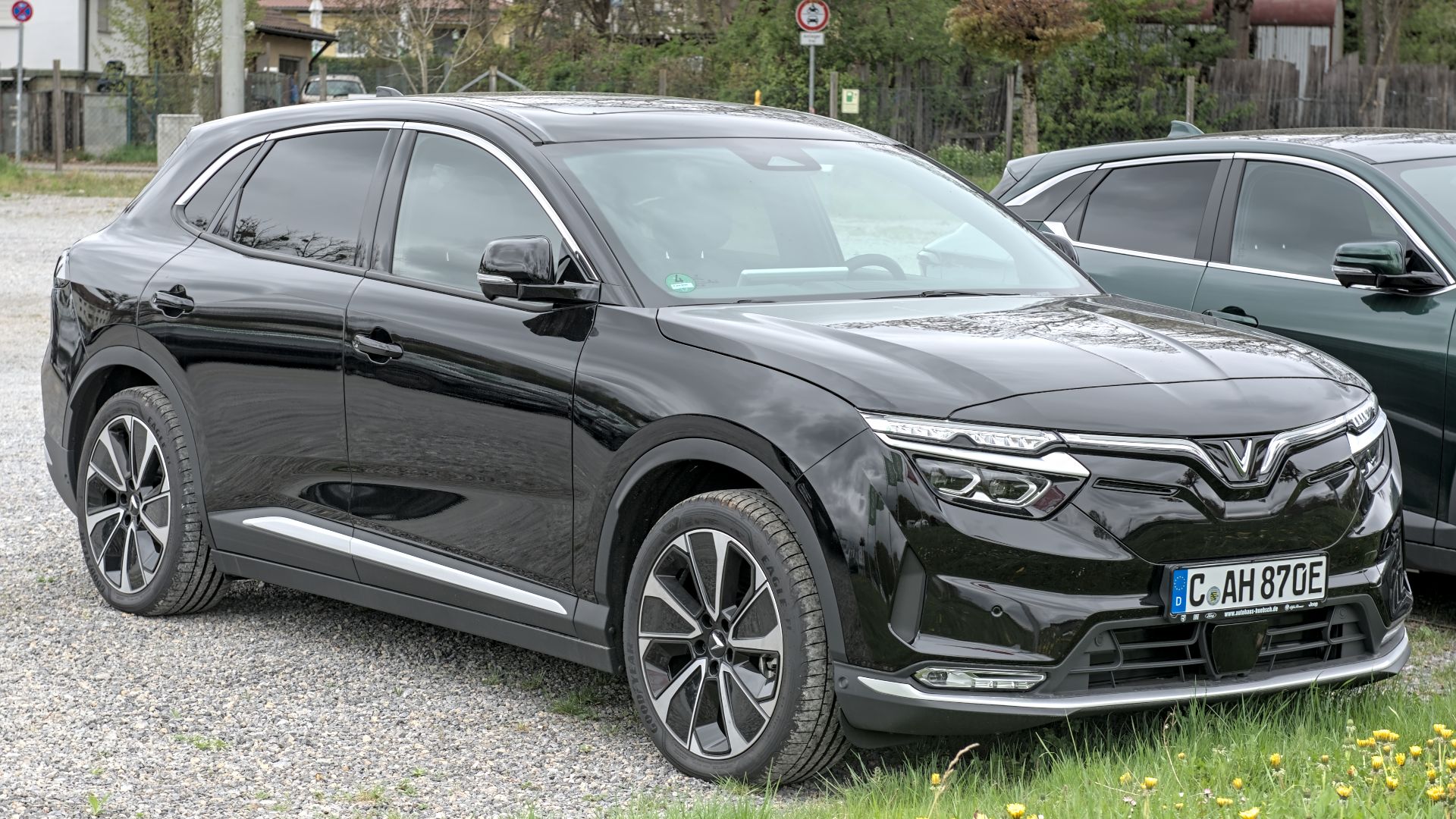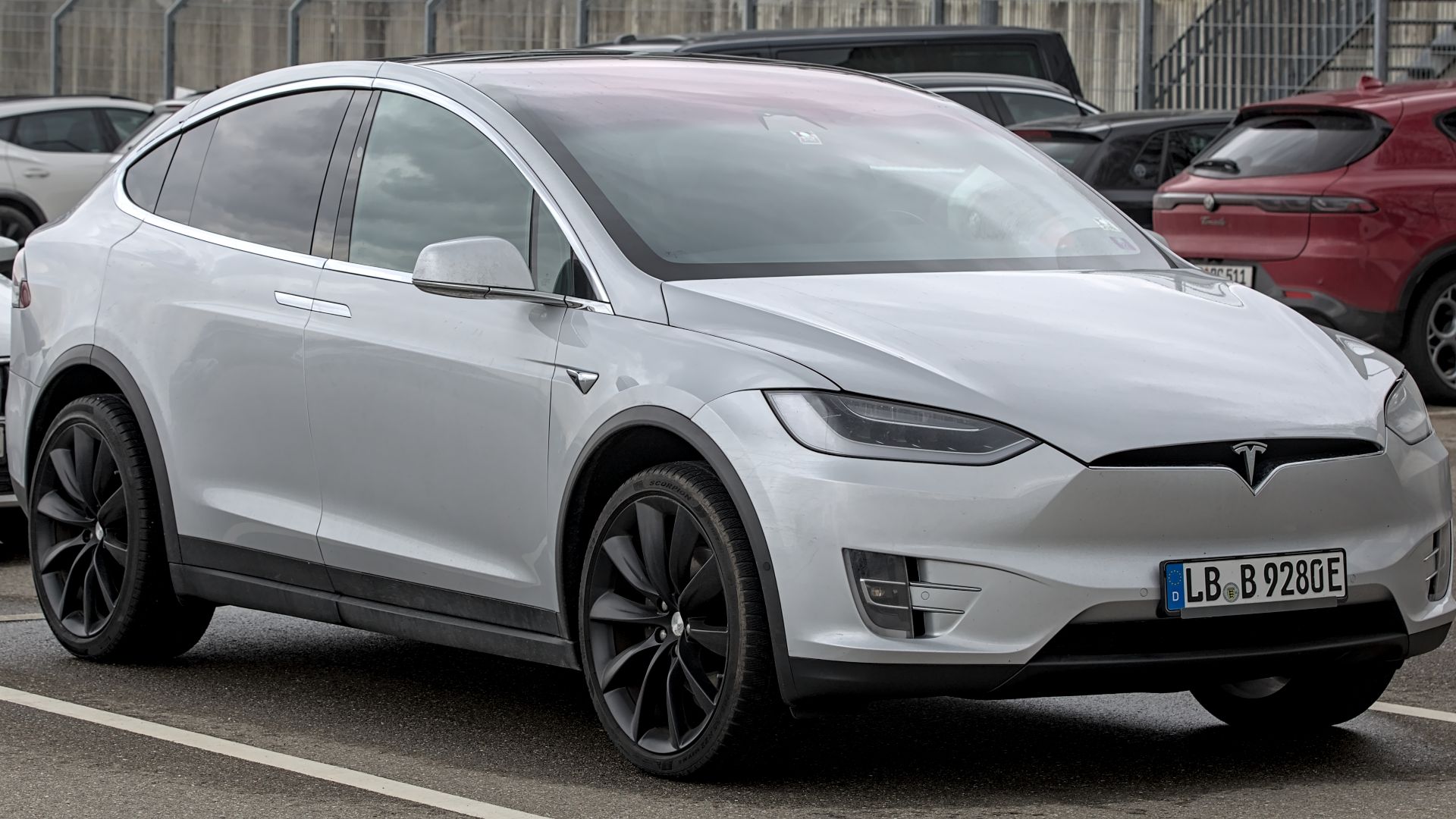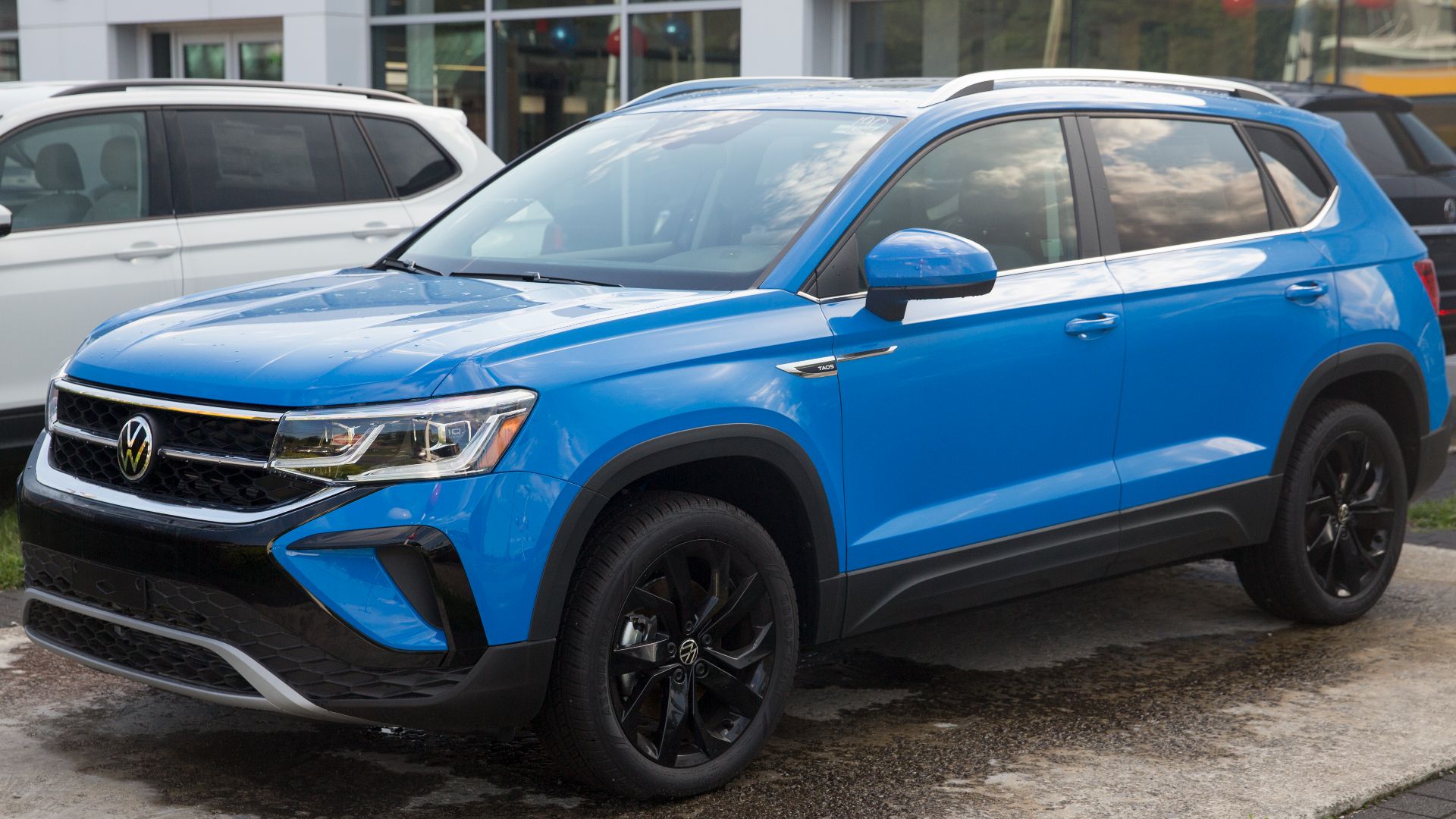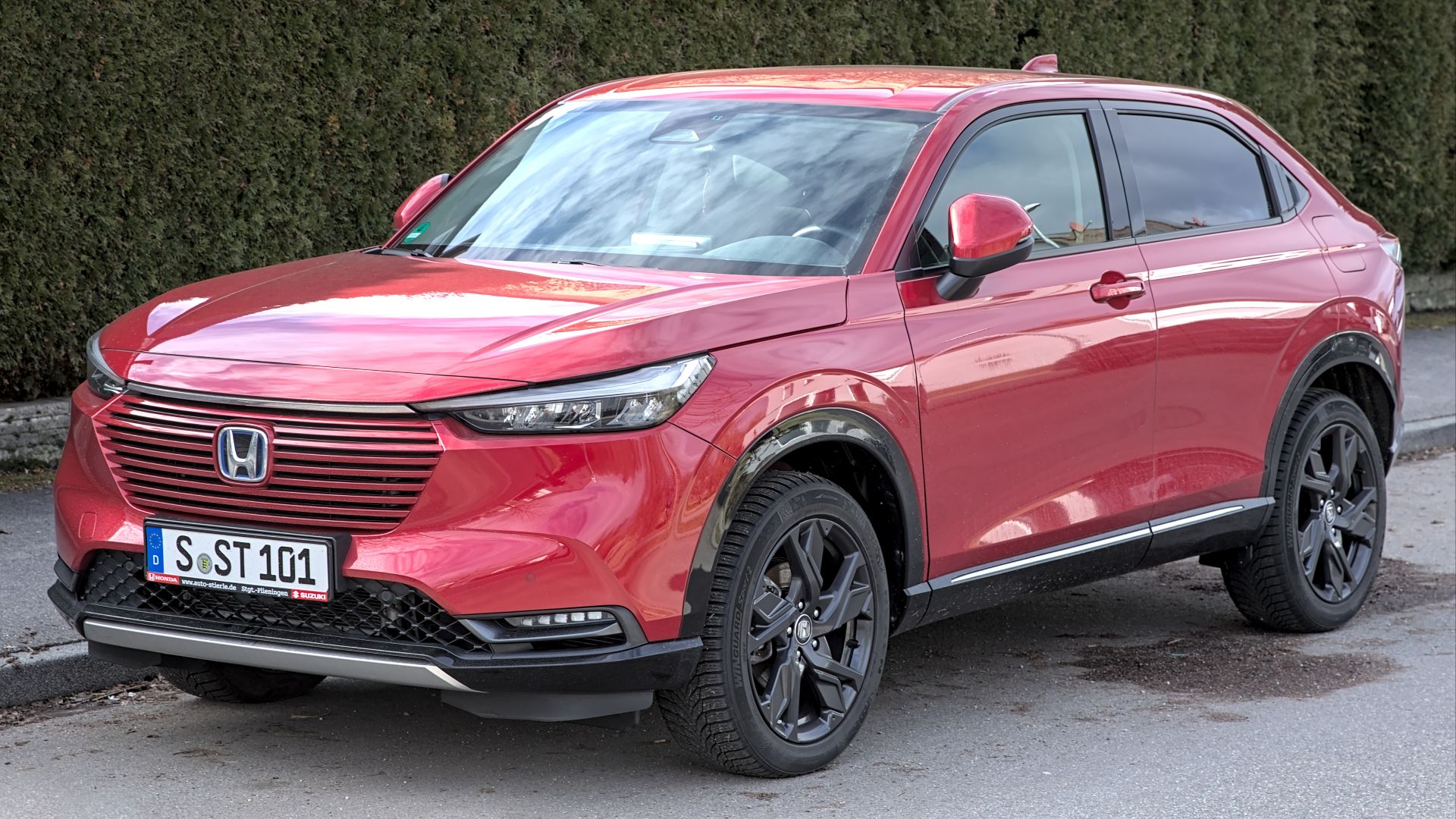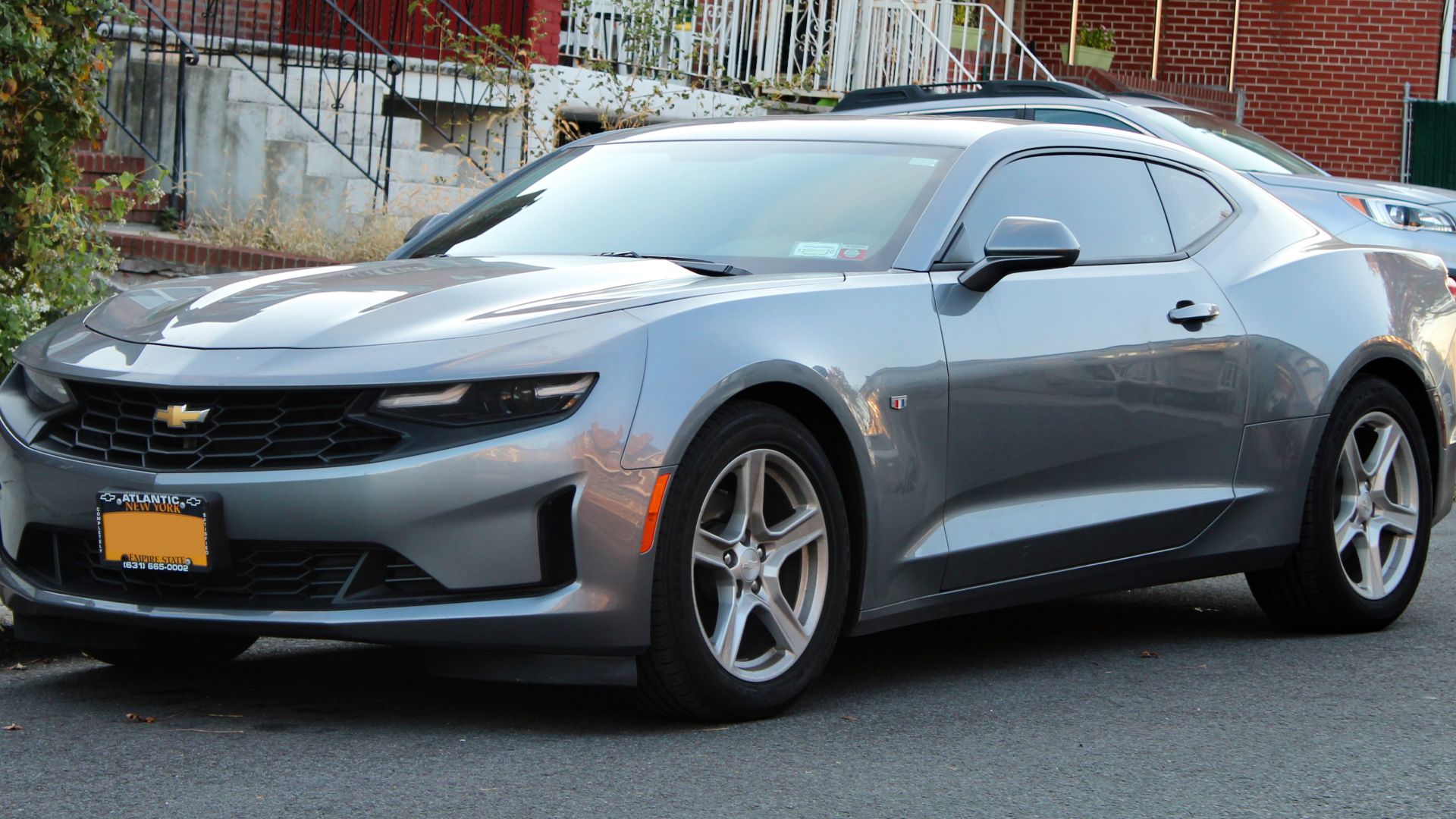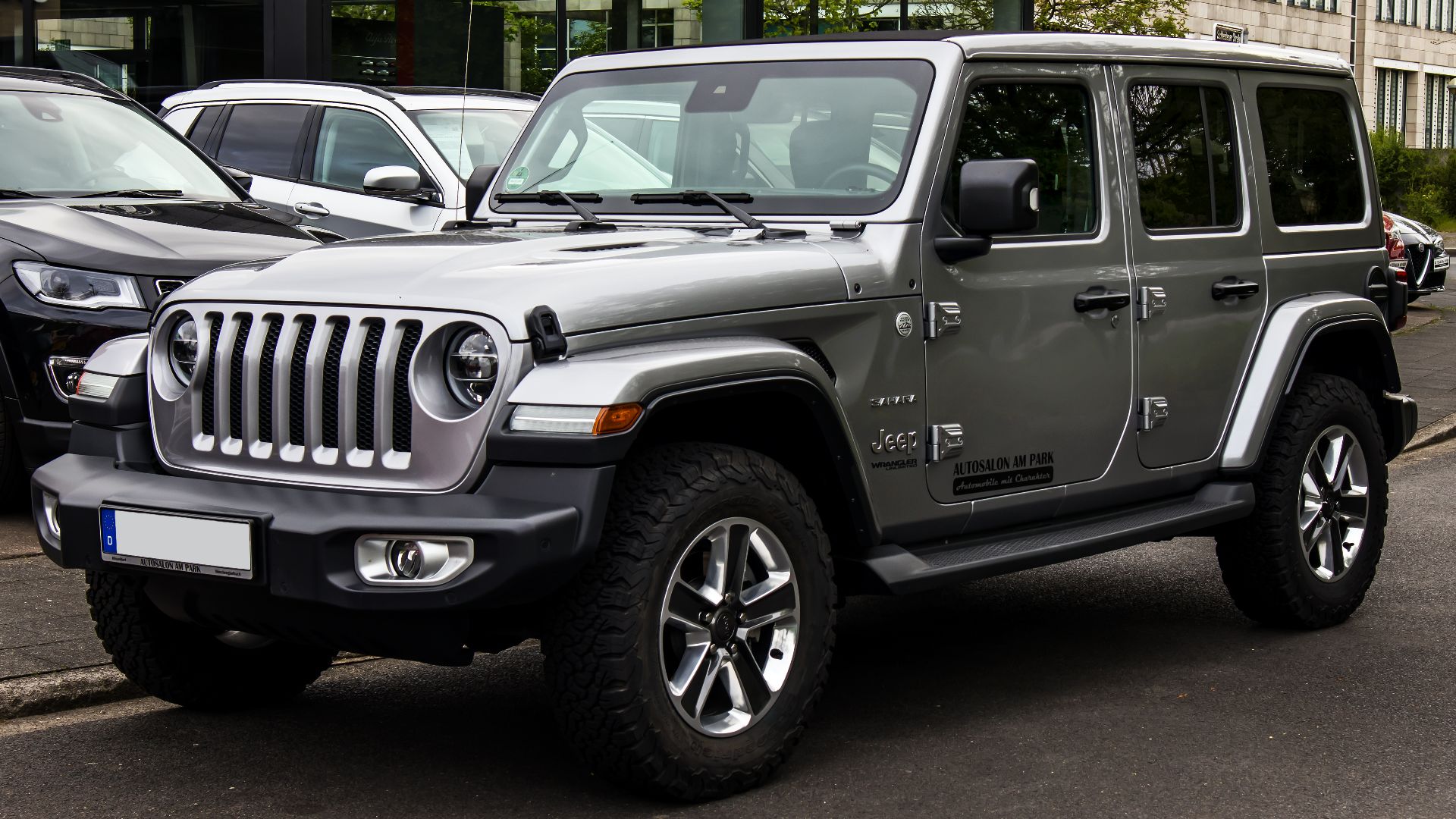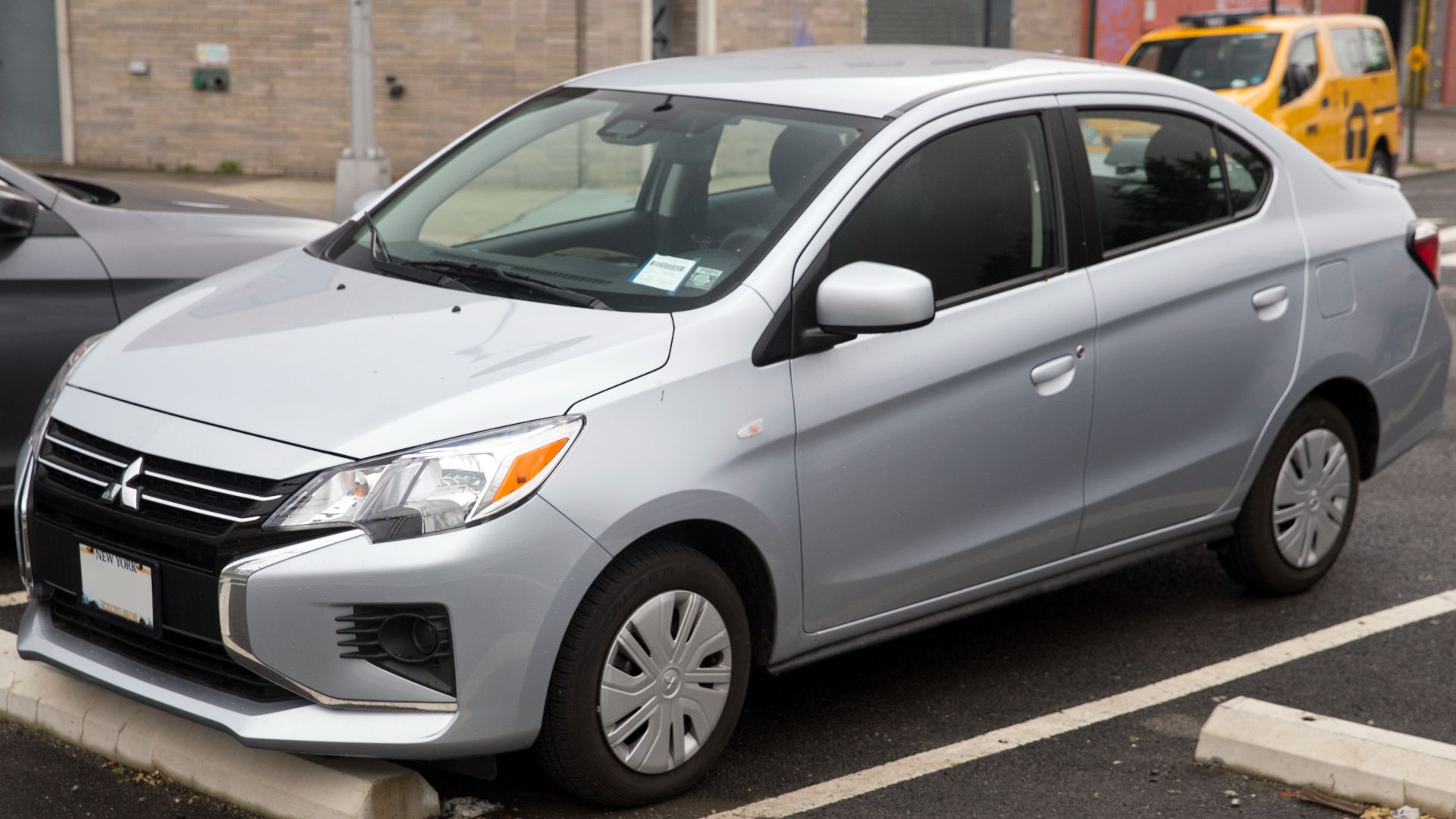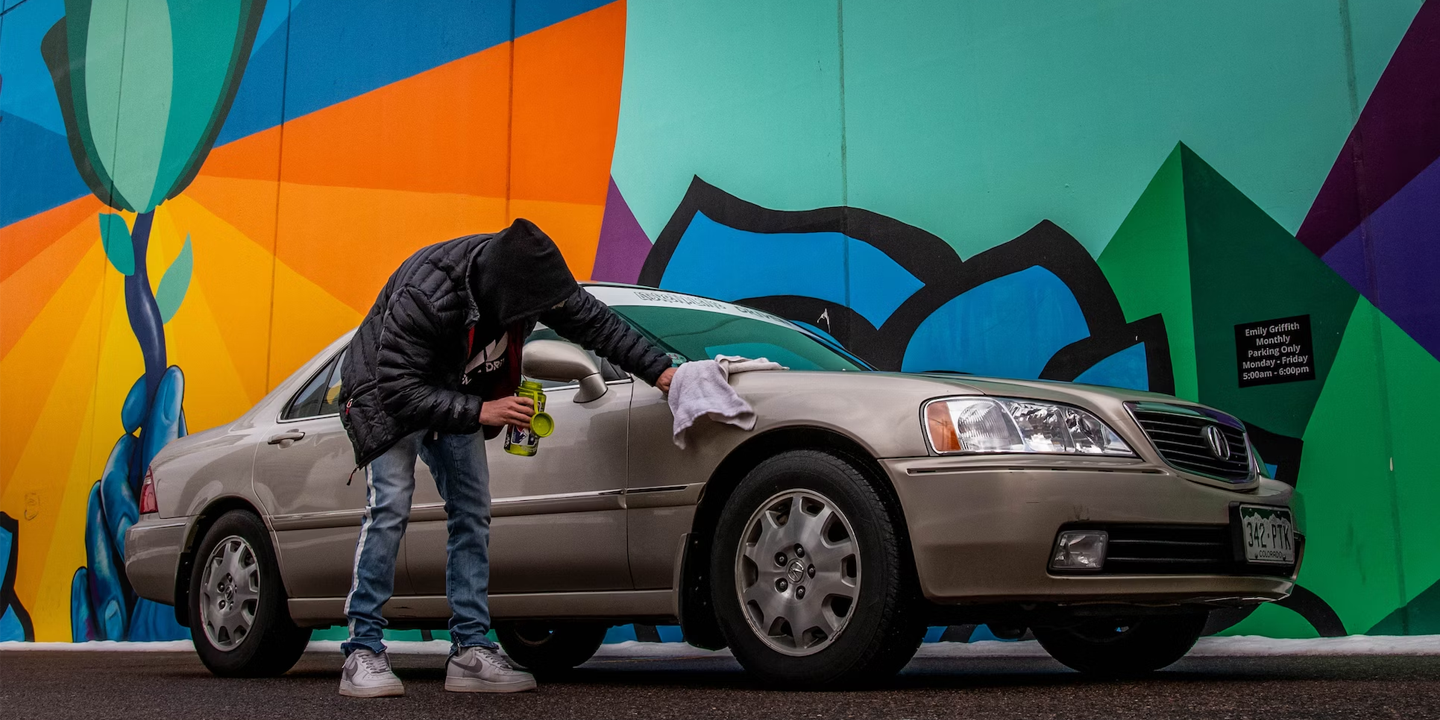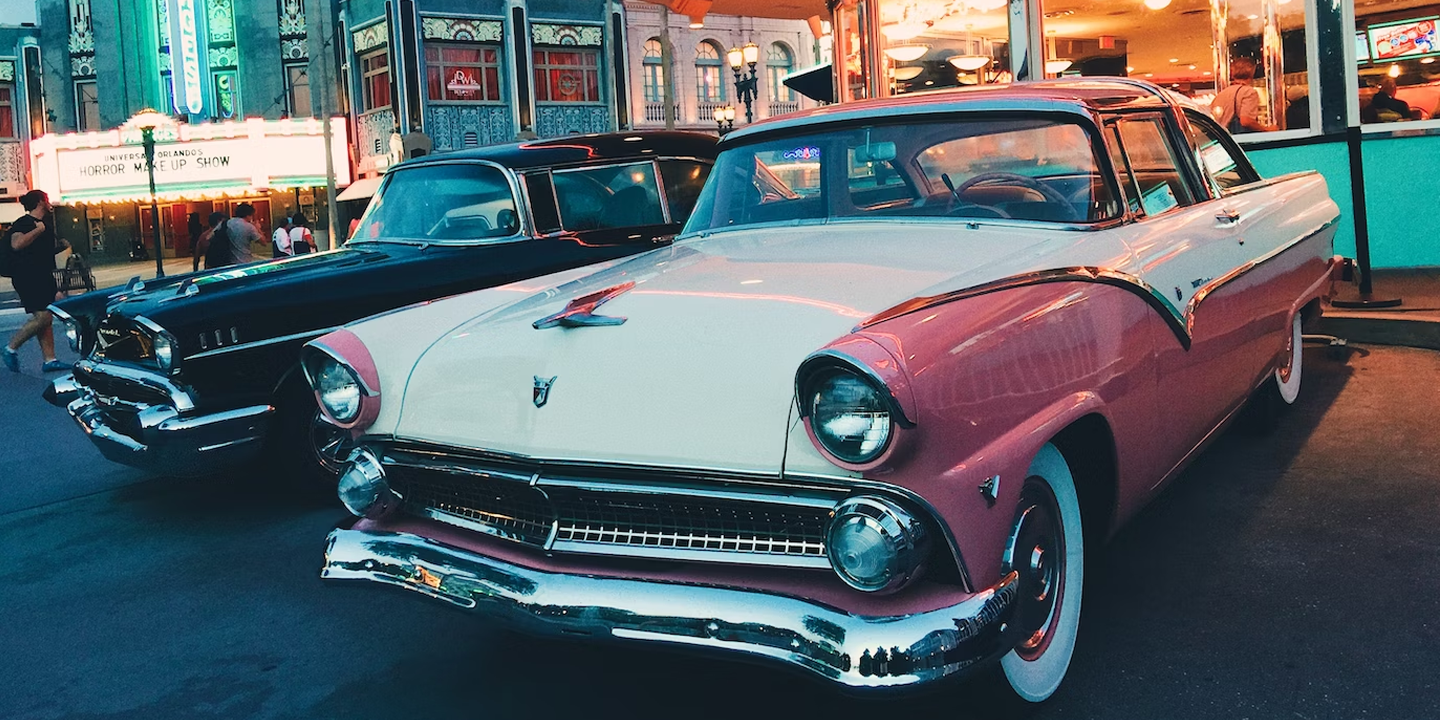The Smooth And The Stressful
Daily drives change when there's a newborn in the back. Everything, from door angles to cabin noise, suddenly matters a whole lot more. Luxury or horsepower takes a back seat when your top priority is to make sure your little one is safe and comfortable. Let's take a look at the 10 best cars to drive your newborn around in and 10 to avoid completely.
1. Chrysler Pacifica
When sliding in a rear-facing car seat in the Pacifica, you won't wrestle the ceiling. This minivan's low floor and wide doors make infant transfers smooth, even when half-asleep. Built-in rear-seat monitoring keeps you informed, and with Stow' n Go storage, nothing gets crushed underfoot.
2. Honda CR-V
Space doesn't just mean legroom but room for diaper bags, strollers, and mental breathing space. The CR-V delivers an upright seating position and rear doors that open wide enough for easy base installation. Parents praise its reliability, and infants appreciate the quiet, cushioned ride.
3. Toyota RAV4
Versatile and safe, the RAV4 provides excellent side-impact protection and wide door openings perfect for infant carrier angles. Heated rear seats help regulate newborn body temperature in cold climates. In the 2026 model, the center pass-through makes it easy to reach a bottle in the back.
4. Kia Telluride
Telluride's second-row captain chairs make car seat anchoring a straightforward process. Rear sunshades block harsh light on sleepy eyes, and parents love the voice control feature that allows them to adjust climate zones without stress. Rear-door sensors alert you if a child gets left behind.
5. Subaru Forester
All-wheel drive isn't just for icy roads but for peace of mind when transporting your most fragile passenger. The Forester's large windows offer newborns ambient light without glare. With excellent rear visibility, checking blind spots before lane changes becomes instinctive, resulting in smooth transitions.
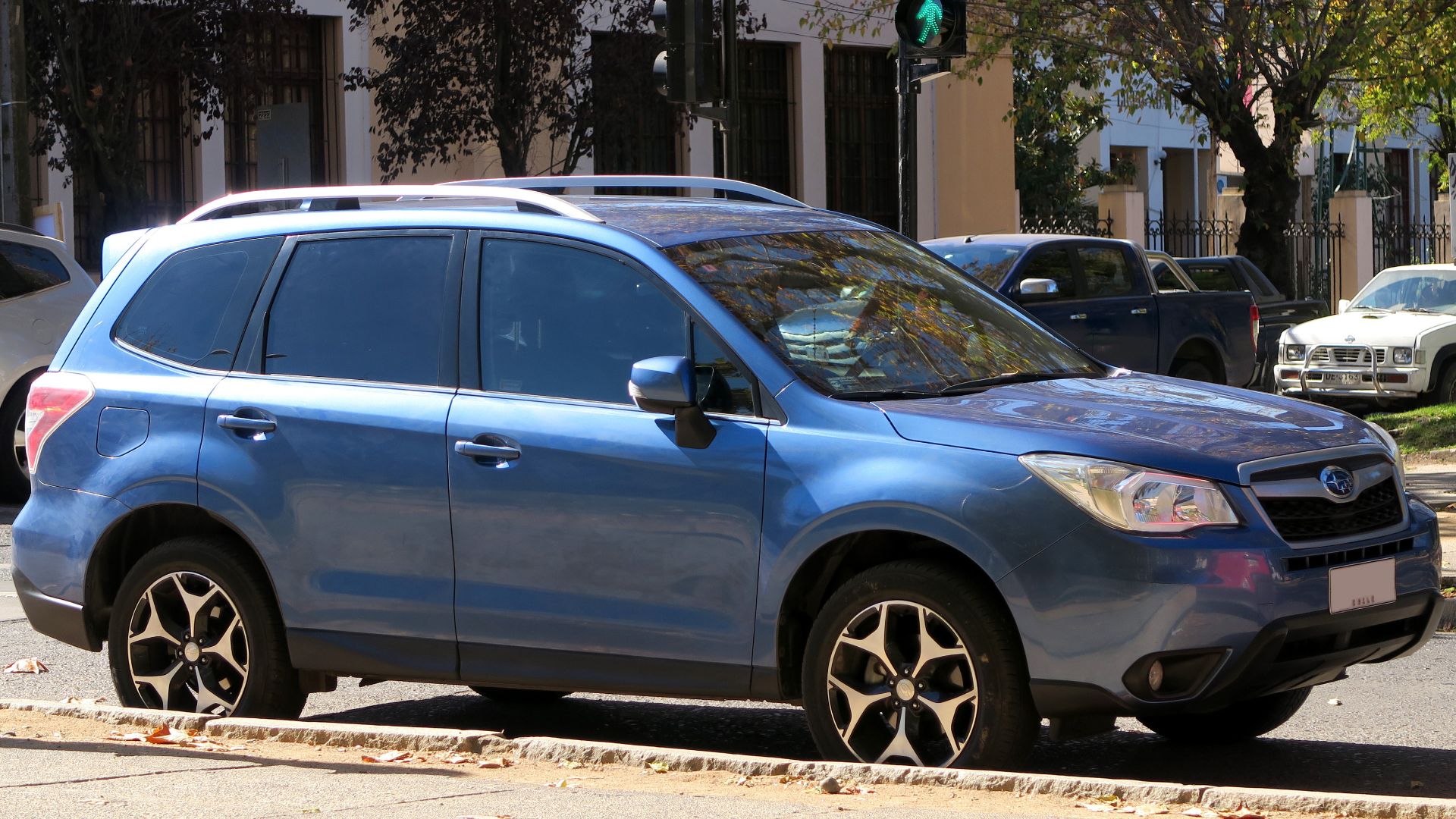 RL GNZLZ from Chile on Wikimedia
RL GNZLZ from Chile on Wikimedia
6. Hyundai Tucson
As for this compact SUV, it offers doors that swing wide and LATCH anchors that don't require finger yoga. Thanks to rear air vents, infants enjoy a comfortable and consistent temperature during drives. Its quiet cabin reduces overstimulation, and radar-based safety makes every intersection turn safer.
7. Mazda CX-5
Stylish and substantial, the CX-5's tight turning radius makes daycare drop-offs smoother, and its plush interior absorbs bumps that might jostle a light sleeper. Rear doors open nearly 90 degrees and offer generous car seat angles. While compact, it's never cramped for essentials.
8. Ford Expedition
For hauling twins, a stroller the size of a canoe, or both, the Expedition handles bulk like a pro. Fold-flat third-row seats create a makeshift changing zone in emergencies. Also, tri-zone climate control means no more blanket layering games mid-drive. It's big but surprisingly responsive.
9. Volvo XC60
Volvo designed this SUV with protective instincts. Features like built-in booster options and integrated rear sunshades show serious planning. It has door pockets that hold more than crushed snacks, and beyond being safe, it's anticipatory. When a vehicle predicts your parenting needs, that's more resting time.
10. Toyota Sienna
With a foot swipe, you can open the dual power-sliding doors of the Sienna—ideal when your arms are full. Also, the rear-seat reminder system ensures nothing gets overlooked in chaos. Then there's the cabin noise reduction that rivals sedans. Smooth and intentional.
Over to the flipside—because not every car makes life easier with a baby in tow. Let's look at the ones that just don't deliver.
1. VinFast VF 8
Steering inconsistencies, braking delays, and inconsistent lane assist make this a risky pick for infant passengers. User reports note malfunctioning warning systems—no place for guesswork with a rear-facing seat onboard. Reliability hasn't yet caught up to design, and that matters.
2. Fiat 500X
There's barely enough cabin space for a convertible stroller, let alone the rest of your newborn essentials. Rear seats don't have enough recline for infant carriers, and door openings feel toy-sized. Shallow trunk depth also makes fitting wide-base gear difficult, especially with a second adult riding along.
3. Tesla Model X
Butterfly doors grab attention, but they also grab curbs in tight spaces—bad news with babies in tow. Owners report software bugs in basic functions like climate and child locks. Multiple recalls over seatbelt and autopilot systems turn a flashy cabin into a parenting liability.
4. Volkswagen Taos
From the outside, the Taos look capable. Inside, it's a different story. Limited rear-seat legroom complicates rear-facing installations, and the jerky throttle response isn't nap-friendly. Emergency stops feel less controlled than in other compact SUVs, which makes stop-and-go traffic riskier with delicate passengers in the back.
5. Honda HR-V
This subcompact SUV disappoints parents, starting with rear door clearance that forces awkward angles when buckling in. Road noise seeps in, too, especially at highway speeds. You'll also notice less cushioning in the rear seat base—an issue when supporting a rear-facing carrier for long drives.
6. Mini Cooper Hardtop
With two doors, a tight rear seat, and a minimal trunk, you'd struggle to fit a diaper bag, let alone a car seat base. Entry and exit feel like a yoga challenge. Tall parents can expect to struggle with ceiling height when installing or checking a seat placed behind them.
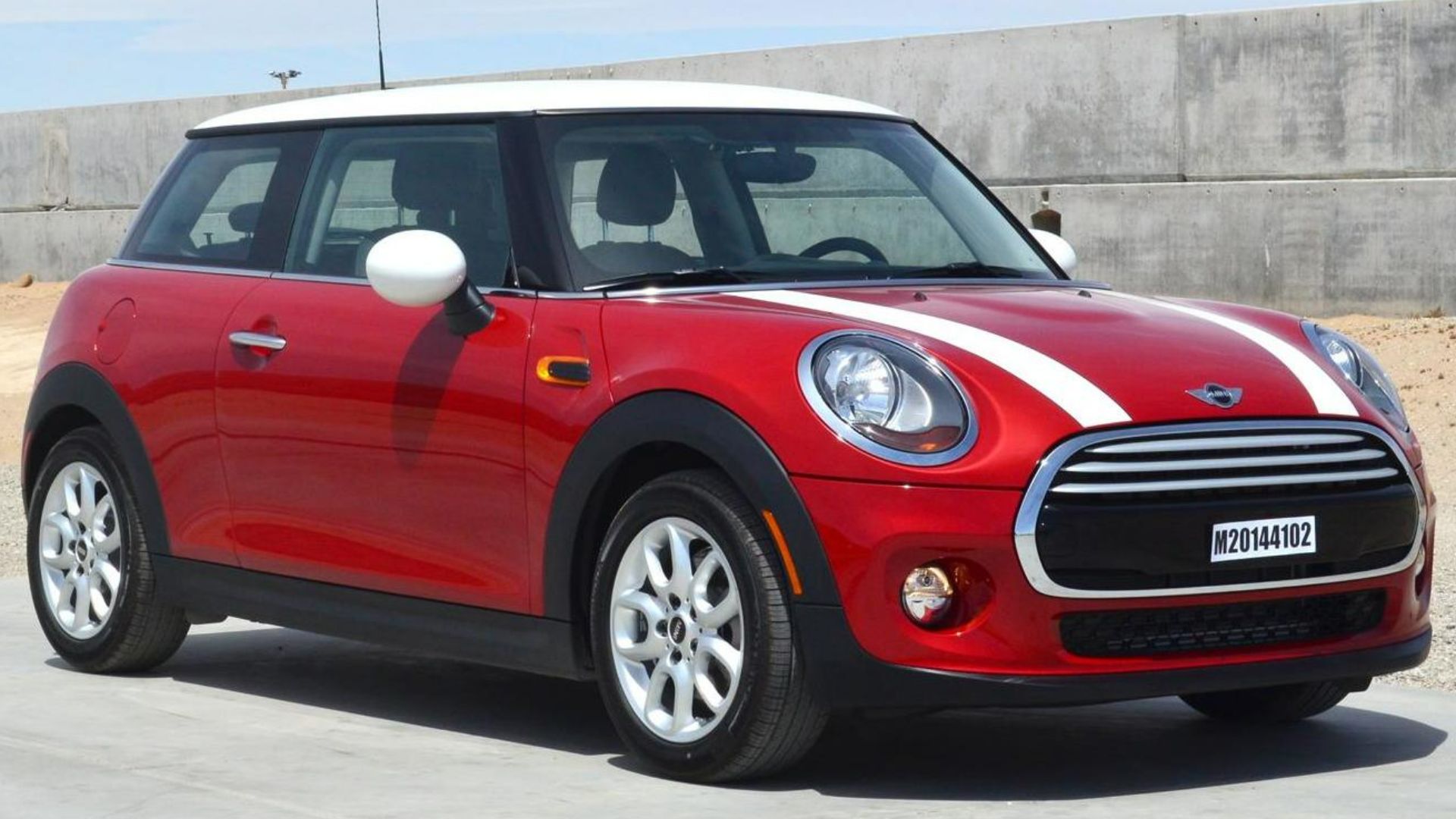 National Highway Traffic Safety Administration on Wikimedia
National Highway Traffic Safety Administration on Wikimedia
7. Chevrolet Camaro
Sports car dreams become baby gear nightmares. The Camaro's sloped roofline and narrow doors make car seat loading a physical puzzle. Rear space lacks clearance for most carriers, and front-seat occupants must scoot uncomfortably forward when using anything larger than a compact infant base.
8. Dodge Journey
On paper, it's a family SUV. In practice, it has outdated tech and an interior designed before car seat innovation caught up. Lower seatbacks in row two create poor angles for infant carriers, and seat belt buckles sit awkwardly high for proper base anchoring.
 U.S. National Highway Traffic Safety Administration on Wikimedia
U.S. National Highway Traffic Safety Administration on Wikimedia
9. Jeep Wrangler
This off-roader was built for trails, not toddlers. Rear seats are upright and rigid, with limited anchor points for infant seats. Bumpy suspension makes even short drives jarring for babies, and side-hinged doors complicate loading strollers, which need precise alignment just to slide inside.
10. Mitsubishi Mirage G4
Budget-friendly rarely means baby-friendly. The Mirage's tiny frame limits car seat positioning, and cabin insulation barely exists. Babies with sensitive ears may be overwhelmed when the engine drone increases, which happens at modest speeds. This, plus low seat padding and limited recline, reduces newborn comfort.


